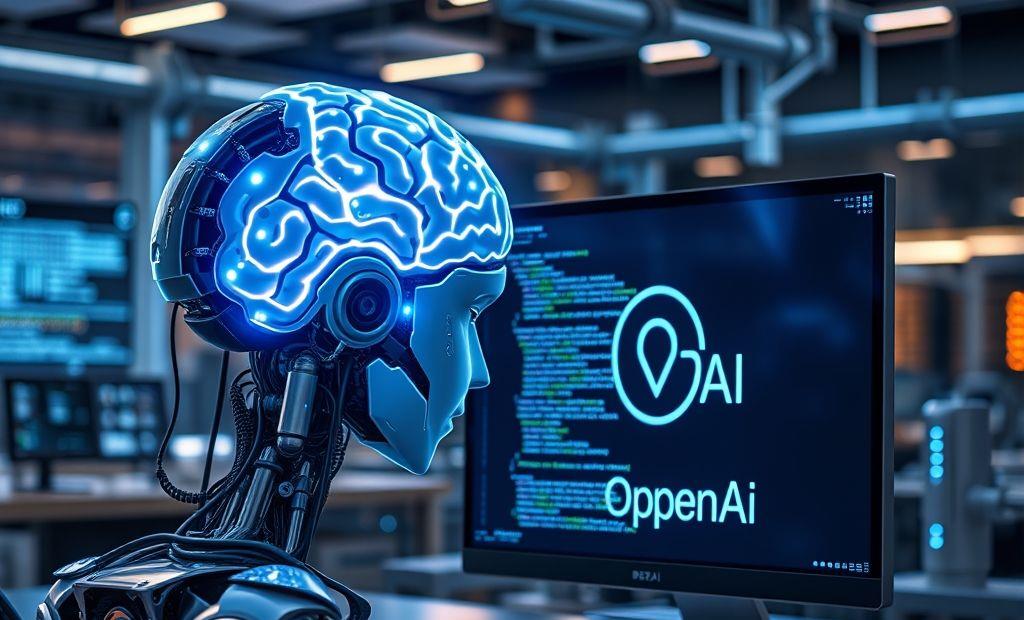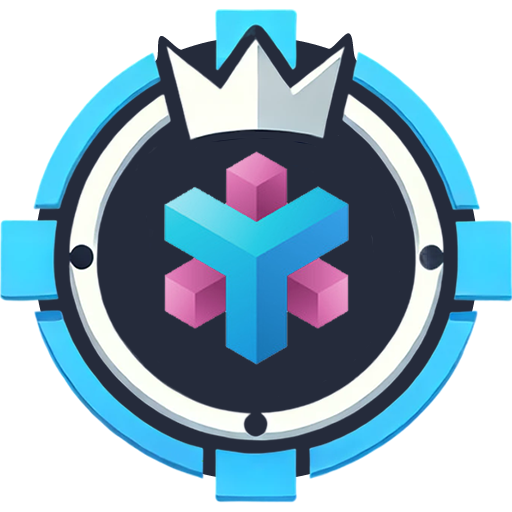OpenAI Unveils New AI Reasoning Models

OpenAI Unveils New AI Reasoning Models Notably OpenAI has released its first open‑weight AI models since GPT‑2 two powerful new reasoning models now freely available...
⏱️ Estimated reading time: 3 min
Latest News
OpenAI Unveils New AI Reasoning Models
Notably OpenAI has released its first open‑weight AI models since GPT‑2 two powerful new reasoning models now freely available to developers via platforms like Hugging Face and AWS.
Significantly these models-gpt‑oss‑120B and gpt‑oss‑20B-support advanced chain‑of‑thought reasoning offline deployment and fine‑tuning making them a major step toward democratizing AI.
Consequently, OpenAI broadens access to cutting‑edge reasoning capabilities while enabling innovation across coding math science and health applications without pricing or API constraints.
Advancing AI Capabilities
Notably OpenAI released two open‑weight reasoning models gpt‑oss‑120B and gpt‑oss‑20B its first since GPT‑2 in 2019 .
Significantly these models run locally on consumer-grade hardware gpt‑oss‑20B on laptops 16 GB RAM and gpt‑oss‑120B on a single high‑memory GPU .
Consequently they democratize advanced reasoning by empowering anyone to inspect customize and control AI under an Apache 2.0 license
Improved Performance in Complex Reasoning
Notably these open‑weight GPT‑OSS models match proprietary models like o3‑mini and o4‑mini across benchmarking categories such as coding math science and health‑related tasks OpenAI Platform
Accessible & Customizable Models
Notably OpenAI now lets developers download gpt‑oss‑120B and gpt‑oss‑20B for free, run them locally even on laptops and fine-tune using full model parameters.
Crucially, the gpt‑oss‑20B variant runs on consumer hardware with 16 GB RAM or GPU while gpt‑oss‑120B works on a single modern GPU for full inference and tuning
Open‑Weight, Not Fully Open‑Source
Although users can adjust the model weights, OpenAI hasn’t released the training data or full source code.
Consequently, this approach offers flexibility with control granting user customization while maintaining centralized governance over datasets and architecture.

Commitment to Safety & Transparency
Notably OpenAI conducted extra safety assessments and consulted external experts before releasing its open-weight model.
Consequently the company delayed the launch choosing to complete misuse simulations and thorough evaluations before approving public access
Aligning with OpenAI’s Broader Mission
Importantly this step aligns with OpenAI’s overarching mission to build useful, safe AI that benefits all of humanity as outlined in its Charter.
Specifically by releasing open-weights into the public domain OpenAI promotes transparency fosters community-led innovation and enables developers worldwide to review, adapt and build on its technology
What Makes These Models Special?
- Enhanced Reasoning: These models are designed to tackle intricate problems by leveraging advanced reasoning algorithms.
- Open Approach: OpenAI emphasizes an open approach encouraging collaboration and innovation within the AI community.
- Versatile Applications: These models can be applied across various domains, including robotics, data analysis and natural language processing.
Potential Applications
These new AI reasoning models have the potential to impact numerous industries and applications. Some potential uses include:
- Improving the accuracy and efficiency of AI-driven decision-making systems.
- Enhancing the capabilities of robots and autonomous systems.
- Facilitating more sophisticated data analysis and insights.
- Advancing the state-of-the-art in natural language understanding and generation.
Related Posts

Adobe Acquires Semrush in $1.9B SEO Power Play
Adobe to Acquire Semrush for $1.9 Billion Adobe announced its agreement to acquire the search...
December 1, 2025

Kiki Startup Fined $152K for NYC Rental Violations
Subletting Startup Kiki Faces Consequences in NYC Auckland-founded Kiki Club, a peer-to-peer subletting startup, launched...
November 30, 2025

Meta to Shut Down Underage Accounts in Australia
Meta to Close Teen Accounts in Australia Amidst Social Media Ban Meta has commenced notifying...
November 25, 2025











Leave a Reply